This modern CBD pub puts the mate in maitre d
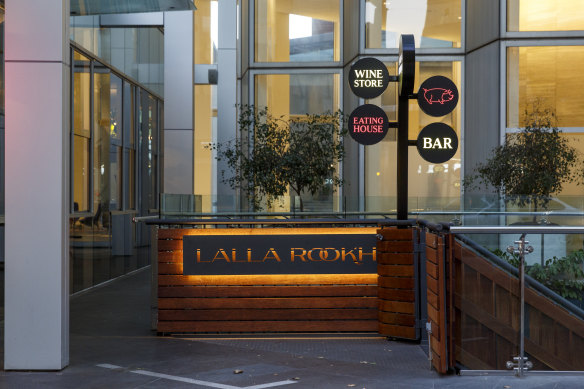
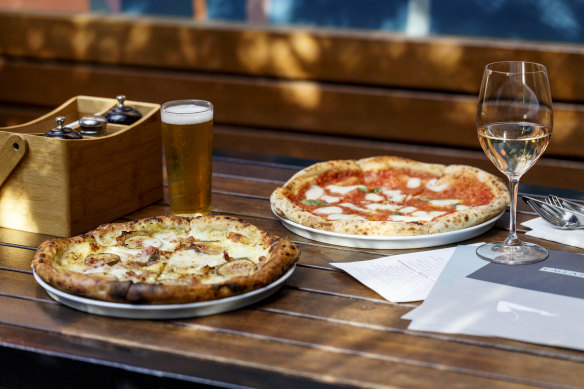

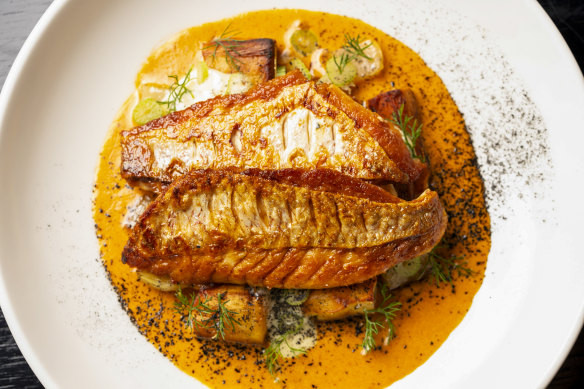
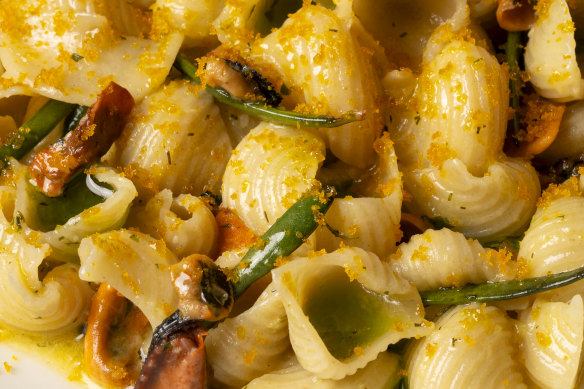
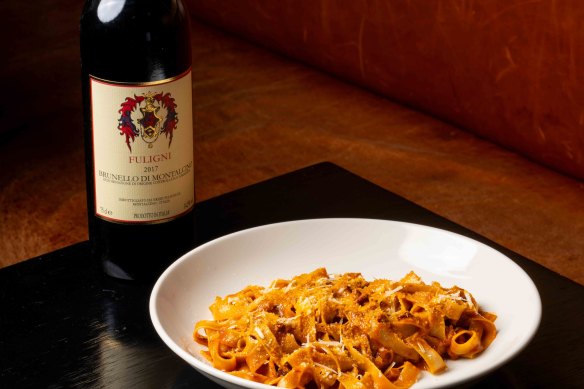
14.5/20
Italian$$
In Bali there is a dish called JFC: Jaya fried chicken. Its name comes from Made Agus Putra Jaya, JFC’s inventor. You’ll find it at around 200 eponymously named stores that are scattered across the island. If you squint and concentrate you might notice some uncanny similarities between JFC and another fried chicken brand with a remarkably similar name.
While I’m yet to tick JFC off my to-eat list – In Bali, I usually scratch my fried chicken itch by ordering ayam goreng lalapan (fried chicken served with an incendiary spinach salad) from a roadside vendor or via Grab – the internet seems to think it’s finger-licking good.
In Perth there is a dish called TFC: Tuscan fried chicken. Its name comes from the presence of oregano and chilli and other broadly Toscana flavours that the bird is introduced to, plus some creative thinking in the kitchen. (Unless I’m not as good at Google as I think I am, I don’t think pollo fritto features all that heavily in the foodways of the Piedmont region in northern Italy.)
You’ll find TFC exclusively at Lalla Rookh, an underground bar and restaurant beneath St Georges Terrace that has been servicing the city since 2012. The space itself has been a bar for even longer, and has also operated as Emporio and The Black Cat. Here, suits and office types smash TFC by the plateful, the golden, bubbly hunks of juicy bird providing crucial and delicious finger-friendly ballast for after-knockoff. No one eating this TFC, I would wager, cares that it’s a make-believe dish: a slave to tradition and rules Lalla Rookh is not.
So what is it? Words that come to mind are “comfortable”; “clean-shaven”, “corporate-friendly” and “inspired by Italian eating and drinking traditions.” Lalla Rookh might not be the oldest Italian restaurant in the city centre – that might be Tony Roma’s, or if we included West Perth then long-standing Perugino – but I reckon it’s the eldest statesman of Perth’s current crop of “contemporary” Italian eateries.
Having said that, Lalla draws significant inspiration from Aussie pub culture as well as la vera cucina. Its triple-threat of public bar, dining room and bottle shop is a tip of the hat to the corner hotels and public houses of country road trips past: a cool, understated detail that, embarrassingly, eluded me until one of Lalla’s owners pointed it out to me a few years back.
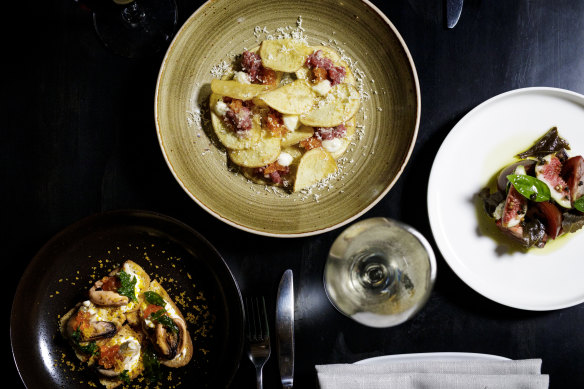
Today Lalla is under the command of Patrick Ryan and Jeremy Prus: two front-of-house veterans who graduated from the demanding Nic Trimboli school of hospitality. Campuses included high-flying dining rooms such as Il Lido, Balthazar and Duende, key restaurants that helped establish that cool and collected service approach that one encounters at Perth’s better smart-casual addresses for dining and wining.
If you’re lucky enough to be served by either Ryan or Prus, dinner will come with front-row seats to a free masterclass in informed, engaging and personable service that puts the mate in maitre d. While it’s always a thrill having the boss or manager waiting on you, Lalla’s entire front-of-house is warm and professional. Either Lalla’s brains trust has hired very, very well, or it’s successfully indoctrinated employees with powerful ideas about unforced, intrinsic hospitality. It’s more than likely a combination of both.
Calum Mackechnie is the restaurant’s Glasgow-born head chef. A longtime member of the Lalla Rookh kitchen, he worked under former head chef Alex Haynes who kept her profile low but her standards high. During the Haynes era, Lalla’s food moved away from the predominantly Northern Italian flavours of its first menus – opening chef Joel Valvasori-Pereza went on to open Subiaco’s two-hatted Lulu La Delizia – and adopted a broader pan-Italian focus that Mackechnie has upheld.
It was Haynes, for instance, who introduced TFC to the kitchen’s repertoire. But it was her successor who took her original-recipe chicken and turned it hot and spicy by tumbling the bird through honey rendered fiery with nduja, the hot spreadable salami from Calabria in Italy’s deep south. TFC 2.0 sure does pack a wallop, although swiping the chicken through the accompanying smoked creme fraiche helps delay some of the burn. But as long as the tickle of heat isn’t a dealbreaker, the fried chicken alla Toscana remains an essential shared snack order.
In fact, snacks you eat with your fingers seem to be a real area of interest for Mackechnie. Things like cute anchovy toasts starring grey anchovies on airy plinths of fried focaccia topped with fat squiggles of what the kitchen calls sauce pizzaolo: tomato hit with garlic and dried spice. That same focaccia is used for the pork bruschetta, although this time the bread gets grilled until charry and hot, the low-level burn and heat helping offset the gelatinous richness of the rectangle of pig’s head terrine laid atop it.
Not that the kitchen is only interested in things on bread, or things that are breaded. Room-temperature grilled heirloom carrots artfully scattered over a herbed yoghurt base offer welcome respite from all that meat. Golfball-sized gnudi (think of them as nude ravioli that have moulted and cast aside their wheaten clothes) feature diced prawn and ricotta brought together in airy matrimony, although they’re a little light-on in terms of crustacean content. Thankfully, a chunky capsicum-forward salsa has enough brightness to enliven the gnudi.
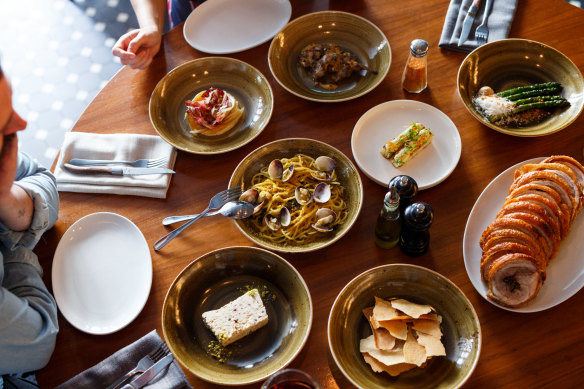
For those who still prefer their pasta with flour and water, however, Lalla’s handmade pastas still have much to offer eaters. Tagliatelle sauced with a deeply comforting ragu is a panacea for most low-level problems, while daily pasta specials allow the kitchen to respond to seasonal movements: presenting the wintery joys of radiator – cute radiator-like shapes – in a sharp cacio e pepe sauce finished with black truffles. Despite it being early in their season, the truffles tasted pleasingly funky and dusky: an encouraging omen for eaters this year and those heading to Truffle Kerfuffle later this month. (Will I see you there? I’ll be hosting cooking classes in the Chef’s Cabin.)
You can order the pasta of the day a la carte, but it’s also almost always offered as the pasta leg of the six-course Il Capo chef’s selection menu: a playlist made up of current favourites plus off-menu dishes and works-in-progress. Mackechnie tells me that earlier in the week, the Il Capo is often weighted towards menu items while the weekend line-ups are usually heavier on newer creations that the kitchen has had the week to fine-tune.
Nicely rosy slices of pork fillet pan-fried in butter and presented with charred padron peppers (more sweet than heat, thankfully) on a parsnip puree was another Il Capo exclusive, but typical of the hearty mains-for-one that dominate the list (see also fish of the day, plus a hefty veal cotoletta).
Food is available throughout the venue, including in the main public bar, which can hold around 300 revellers: it’s undoubtedly the place for bigger groups who are there more to talk rather than to snack and sip. When it’s heaving, the dining room (capacity 100) pulses with energy – and no small amount of decibels – but often the space comes across as either awkwardly quiet or overbearingly loud.
As it has been since Lalla opened, the cosy enoteca-style wine bar remains my favourite place to dine. (Fun fact: during the Emporio era, the room was a storage area for chairs and cleaning equipment.) Sitting up at a handsome marble counter eating dinner and lunch by yourself feels like one of the most civilised and courageous things any single diner can do, and if that single diner has any interest in wine whatsoever, even more reason to seek out one of the wine bar’s 30 perches. (Jeremy Prus, it’s worth pointing out, is something of a sommelier’s sommelier and was among one of the first to push so-called natural wines when he helped open Beaufort Street small bar Clarences).
While it’s clear I (and many others) dig Lalla, there are a couple of things I’d love to see addressed. The Naples-styled pizzas, while puffy of crust and underlaid with a great sugo, can err on the flimsy side of “thin”: or at least when shouldering wetter toppings like a gutsy beef short rib ragu. It eats OK with a knife and fork, certainly, but how well would this style of pizza function on a Friday afternoon when it’s every hand for themselves?
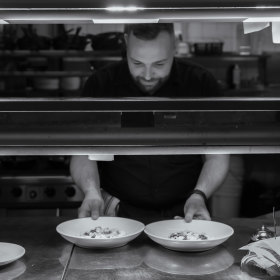
In the pursuit of building flavour, the kitchen can sometimes go a little too far: some dishes skate mighty close to that dreaded “one element too many” status. In the case of the kitchen’s ode to the Roman classic amatriciana, an over-reduced smoked ham stock tipped the dish from rich to acrid.
None of that would be a reason to drop Lalla from the Christmas card list. And there’s more than enough goodwill in the rest of the operation to make it easy to forgive a couple of missteps. The kitchen is open all day, the prices aren’t crazy, and – hurrah! – complimentary house-baked focaccia continues to be offered to all those seated in the dining room and in the wine store.
At a time when the hot and newfangled capture so much of our attention, this classic show of generosity is a timeless reminder that, at its heart, so much of the ritual of hospitality is showing your guest that you care.
The low-down
Vibe: the more modern Australian (and Italian) pub
Go-to dish: the pasta of the day
Drinks: a brilliant wine list that’s both easy-going and esoteric, supported by all the other drinks (boozy and otherwise) people want to drink
Cost: about $170 for two
